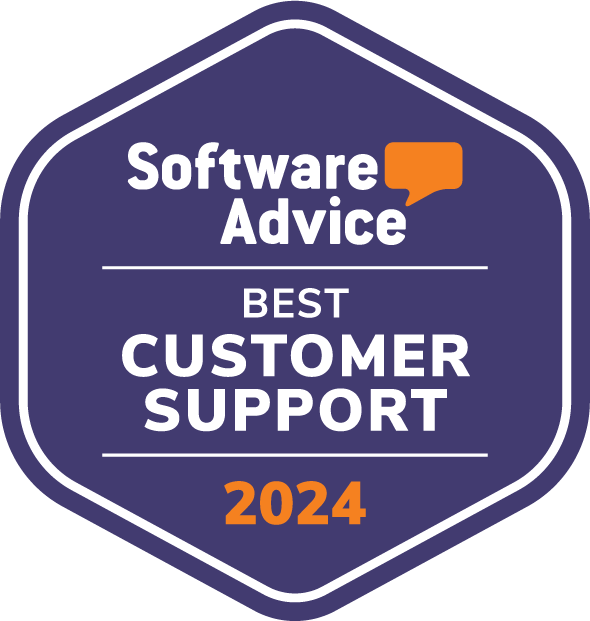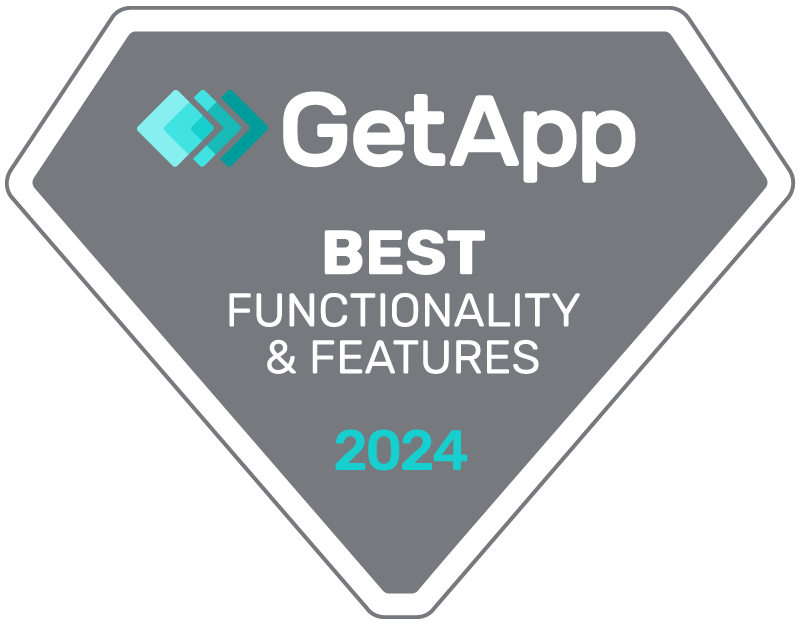TL;DR
Automate upselling to boost your sales without losing the human touch. Discover how to leverage AI and tools like Zapier to enhance your customer journey.
– Define upselling: Focus on “selling better” by fostering committed customer relationships, not just selling more licenses.
– Identify opportunities: Pinpoint features users overlook or complementary services they genuinely need, driving logical value.
– Time your outreach: Build trust over 3-6 months before making an upsell offer, using data to inform timing and personalization.
– Leverage data sources: Consolidate information from tools like Mixpanel and CRM dynamic lists to identify upsell-ready customers.
– Automate strategically: Manual outreach for few opportunities, automated campaigns for higher volumes, using email and LinkedIn for maximum impact.
Ready to automate your upselling strategy? Discover expert strategies and ready-to-use sequences to boost your ARR.
Explore PlaybooksTable of contents
“Upsell” and “Automation” -these are two words I didn’t think I would put in the same sentence.
But alas, automation has bamboozled the world of sales and marketing, now more than ever with the introduction of AI and the rise of tools such as Zapier.
Automation may make it seem like the customer journey and overall experience have become less personal, but those who do it well know, that assumption is, in fact, wrong. 😉
In fact, a big part of the customer experience is upselling, so let’s explore this intersection in a way that makes you improve your upselling without losing your human touch!
Let’s go!
What is upselling?
At its core, upselling is about leveraging your existing customer base to boost sales, plain and simple.
However, there’s a multitude of ways you can go about managing your upsell efforts that can be summarized in two interpretations:
- Selling more
- Selling Better
Let me explain.
We at LGM, we prioritize selling better because it aligns with our interests. We believe that if a customer doesn’t opt for five seats when they have the capacity, it’s likely because they don’t need that many.

However, it doesn’t always mean having customers prepay for 1-year contracts but is more about creating a predictable and reliable revenue stream through customer commitments.
Now that we got that straightened out, let’s dive into the heart of the matter!
Step 1- Identify upsell opportunities:
For any business, especially in the SaaS field, the natural progression is to pinpoint upsell opportunities.
The question is, what can you upsell? Generally, companies turn to selling more seats, but as we’ve demonstrated earlier, it’s not all there is. This is something SaaS companies -mainly- need to understand!
I find that usage tends to be organic. It’s a misconception that upselling means pushing for more seats, more features, or more this or that. It should be a logical decision for the user, not a forced one.
The key is to identify where you can genuinely add value through upselling.
Where might users be unaware of features they’re not using but could benefit from?
Let’s take our beloved LGM as an example!
We’ve come to realize that there’s always room to nudge our users towards new subscription plans to get them using specific features. We do this because sometimes, they’re not aware of the full potential of a feature they’ve overlooked.
For us, it’s about helping them see the value in what they haven’t chosen or fully explored yet. We die for those Aha! moments where our clients go: “Wait, I can do that?“
It also needs to come from a place of trust. Getting your user to commit to paying or even pre-paying is not easy. It implies they see long-term value in the software and trust in the company’s stability. It’s not rational for a new user to prepay for a year if they’re still testing the waters.
This trust is built through relationships. At LGM, we make sure to engage deeply with our customers to build that trust.
How often should you check for these signals?
It’s not about frequency; it’s about relevance. If you’re in tune with your customer base’s growth and needs, you’ll know when it’s time to reach out.
Another signal for tools like ours could be the use of a CRM as per the earlier example.
Software like Visum offers tools to identify if someone uses a specific CRM.
We could automate the process to log and systematically identify customers not on the ultimate plan but using a CRM.
This doesn’t quite require monthly checks but rather strategic timing.
Step 2- Time your upsell efforts well:
You’ve defined what upselling means to you and what signals you need to look for, this leads us to the question of: when do you make your move? 💃
Do you slide into your client’s DMs every month? Week? Year? Let’s think this through.
First and foremost, to answer the question, NO! ⛔ You do not pitch your brilliant upsell idea to your 1-month customer!
As I told you earlier, there’s a big trust element in upselling, and you simply won’t get that kind of relationship with a customer that just started with you -unless you have a behemoth of a brand name and you capitalize on that…
Give them some time to make the product rounds, understand what it’s about, get settled in, etc. They might not see the full value yet, and that’s okay.
You might have guessed it, timing is key here! Too early, and you’re just that annoying salesperson. Too late, and you’ve missed your shot.
Here’s our workflow:
If they’re not yet past the three-month mark, don’t bother. They’re still in the honeymoon phase with your product. Pushing for prepayment could backfire big time, making you look desperate. 🚫
Once they hit that 3-month mark, you can drop a hint, warm them up to the idea of getting even more out of your service.
It might be a tad early, but they’re getting the hang of it. You be the judge of that!
By six months, you can turn up the heat and make your case with a more tailored message.
If they’ve been with you a year and they’re not on board with prepaying, unless cashflow’s a problem, you have to wonder: What’s holding them back?
It’s a delicate balance and it’s not always objective as the process rests on your ability to maintain and grow a relationship, but get it right, and you’ll see the benefits!

Step 3- Identifying your data sources:
Everything is about data. But the question remains: Where do you get this data and how do you consolidate it?
Realistically, this is one of the very few parts you can automate when it comes to upselling in general.
- MixPanel:
Let’s talk about tools like Mixpanel. These are your secret weapon for spotting upsell-ready customers based on the criteria you’ve set in Step 1.
- CRM:
You can create a dynamic list of the users that match your criteria right in your CRM. We’ve got a piece on using HubSpot’s dynamic lists (you should check it out!).
To keep with the HubSpot example, you can easily create dynamic lists that outline users who:
- Have been a customer for X amount of time.
- Are on a specific subscription plan.
- Use this or that CRM (external data using other tools as highlighted earlier)
- Google Sheet, Excel, etc.:
Or, if you’re more of a DIY person, you can cross-reference data in a Google Sheet. It’s not as sleek, but hey, it gets the job done.
This method is especially applicable if you’re still in the early stages of developing your user base.
Step 4- Outreach:
Then comes the outreach.
If you’re looking at 15 opportunities a quarter, there’s nothing to automate. You do this properly, manually.
A crafted, hands-on approach will always be better, especially in these cases. And in any case, you always have to try a strategy before you automate it!
But if you’re swimming in 200 opportunities, you’ve probably done this dance before, and it’s time to let automation take the lead. If you’re interested, I have a nifty article that analyzes our own campaign for upselling right here:

Get 3.5X more leads!
Are you looking to improve your sales department’s efficiency? LaGrowthMachine allows you to generate an average of 3.5x more leads, while saving an incredible amount of time on all your processes. By signing up today, you get a 14-day trial period at no cost to test our tool!
Final Thoughts:
As the year draws to a close, at LGM, we gear up for a crucial campaign aimed at boosting our ARR, This is the time we focus on selling better.
On that note, I’ll leave you with why you also should upsell at the very least during the end of the year:

Even for customers with a single license, the savings from our year-end offers are worth considering, and they become even more compelling as the number of licenses grows.
For our sequence, we use a blend of email and LinkedIn messages -of course, to cover all bases. And it works—the response rate, especially from LinkedIn, is a testament to the effectiveness of our approach. Make sure to check it out!

Comments










Insightful article on upselling in the SaaS industry! I resonate deeply with the emphasis on timing and trust in upselling. We’ve also observed that the key to effective upselling isn’t just about offering more features or seats but about understanding and aligning with the customer’s growth.
Your point about using data for identifying upsell opportunities is spot on and your approach of waiting until the right moment for upselling, especially in the context of SaaS, is a strategy we’ve found highly effective.
Hi Sylvie,
That’s exactly right! Upselling isn’t just about getting more money from your customers. It’s about developing a long-lasting relationship of trust and mutual growth! 🙂
I’m currently working on a full Upselling Campaign (copywriting and everything) that you can download and apply to your own business, so stay tuned for that!